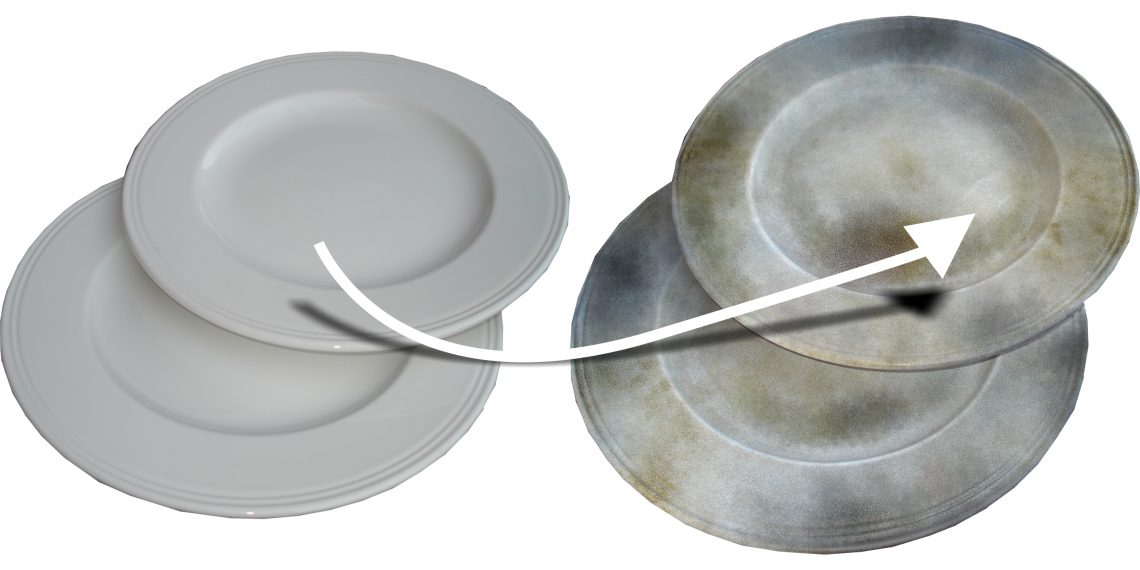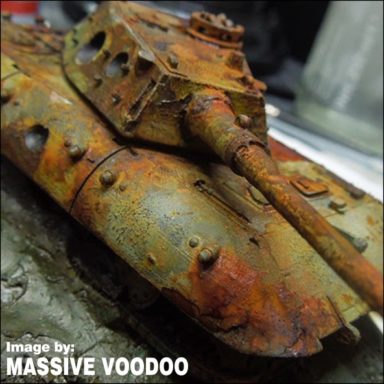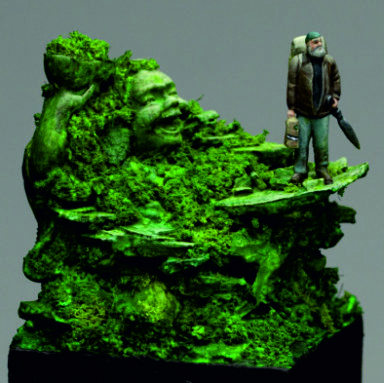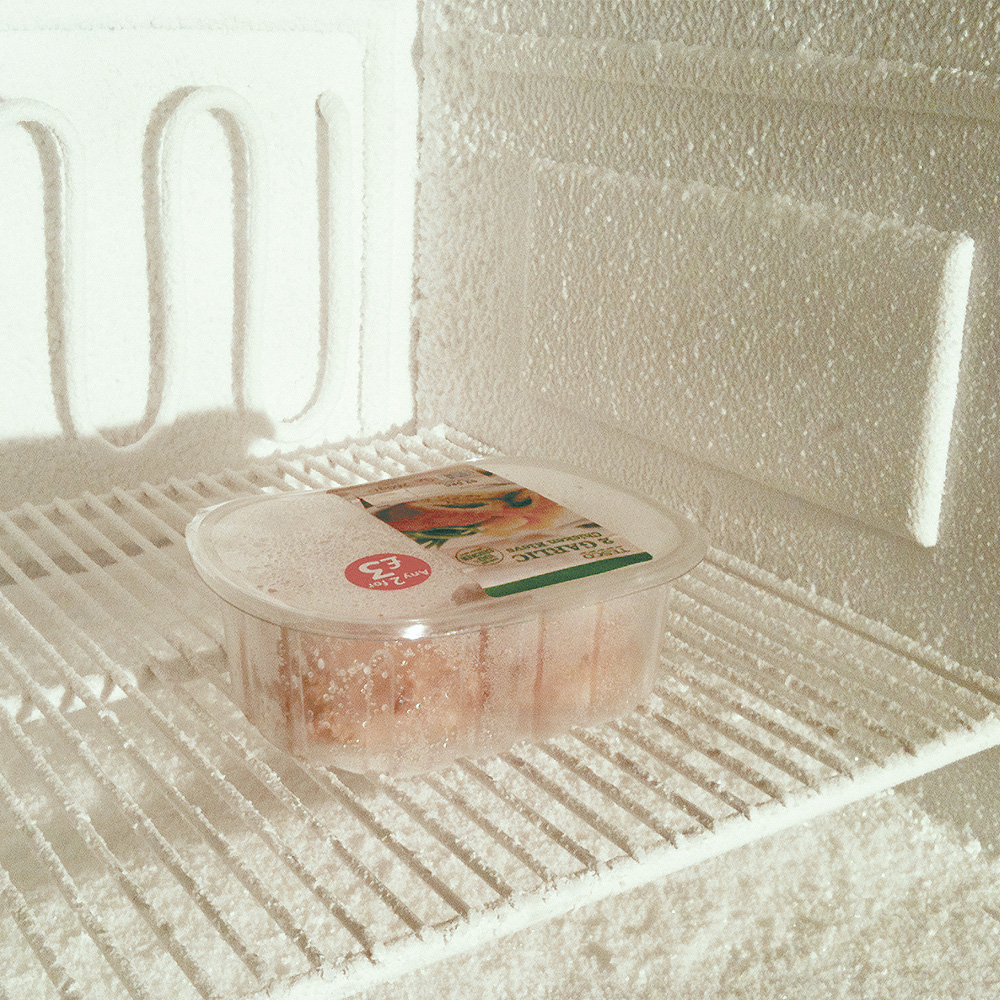Water Soluble Paints – Usage Instructions
- Dark coloured paint that dries to a high matt colour in 1 to 5 minutes.
- Works best when at room temperature. The effect will not properly form if the paint and/or surface it is being applied to are cold.
- Water Soluble paint looks better when applied to rough surfaces rather than smooth.
- Ensure surfaces are dry and grease free.
- Shake pot before every use with the ball bearing rattling and stir contents thoroughly.
- Replace the lid quickly to prevent evaporation.
- Apply by brush or airbrush/sprayer to non-porous surfaces such as plastic and metal, (not to porous/absorbent surfaces such as bare timber or paper). Also apply to painted or coated surfaces, but test before use – if the effect does not form, try cleaning the surface or sealing first with a good quality varnish.
- Thicker/heavier coats will dry a darker shade. Thin/lighter coats will dry a lighter shade. The shade will darken with each coat applied.
- Create depth of colour by applying more coats and a mottled effect by applying in patches, more in some areas than others.
- Create a rougher effect by applying to a surface and dabbing with a stiff brush until dry.
- Smear paint by re-wetting with water, and then wiping with a wet cloth.
- To fill dents and grooves, first cover the surface with paint and allow to fully dry, and then wipe the paint off the raised areas with a damp cloth leaving some of the paint trapped, the wetter the cloth, the more paint removed. Smearing and wiping is easier if done before the paint has dried.
- When fully dry, water soluble paint can be made more permanent by spraying with fine/mist coats of acrylic varnish/lacquer, (but test first because varnish may change the colour/shade of the paint).
- Test paint on hidden surfaces before use to ensure compatibility and adhesion.
- Water Soluble Paint effects will be lost by washing in water, but there may still be staining.
- Avoid scuffing/scratching the finished paintwork.











